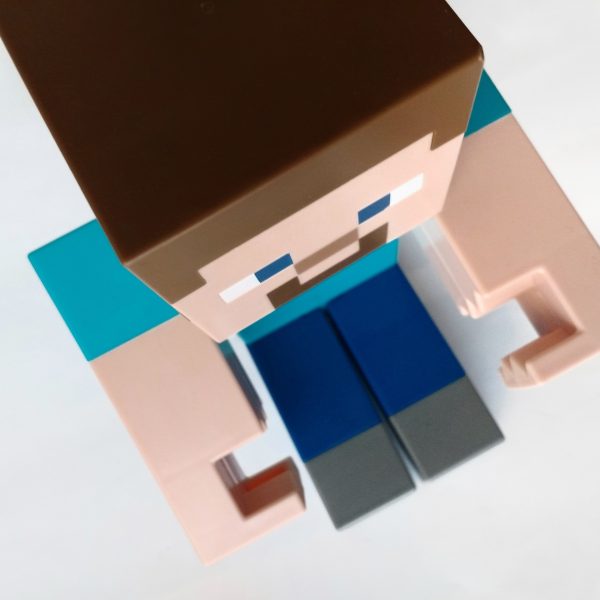For creative children, try playing Minecraft

Researchers from the United States have found that children who were involved in open-ended video game play, such as playing Minecraft, were more creative than those who watched television or played a racing game.
The findings will be of interest to those working with children in the outside school hours care (OSHC) context, where Minecraft is a popular way to pass time with children.
Video games that foster creative freedom can increase creativity under certain conditions, according to new research from Iowa State University. The experimental study compared the effect of playing Minecraft, with or without instruction, to watching a TV show or playing a race car video game. Those given the freedom to play Minecraft without instruction were most creative.
“It’s not just that Minecraft can help induce creativity. There seems to be something about choosing to do it that also matters,” said Douglas Gentile, a professor of psychology.
Minecraft, which has sold more than 100 million copies, is akin to a virtual Lego world. The game allows players to explore unique worlds and create anything they can imagine. Study participants randomly assigned to play Minecraft were split into two groups. The one receiving instruction was told to play as creatively as possible.
After 40 minutes of play or watching TV, the 352 participants completed several creativity tasks. To measure creative production, they were asked to draw a creature from a world much different than Earth. More human-like creatures scored low for creativity and those less human-like scored high. Surprisingly, those instructed to be creative while playing Minecraft were the least creative.
Gentile says there’s no clear explanation for this finding.
In the paper published by Creativity Research Journal, the authors outlined possible reasons why the instructed Minecraft group scored lower. “Being told to be creative may have actually limited their options while playing, resulting in a less creative experience,” one author said. “It’s also possible they used all their ‘creative juices’ while playing and had nothing left when it came time to complete the test.”
Previous research from Mr Gentile has found that video games can have both harmful and beneficial effects. The amount, content and context of video games influence what players learn through repeated experiences. While much of his research has focused on aggression or prosocial behavior, he says the same appears to be true for creativity.
Most video games encourage players to practice some level of creativity. For example, players may create a character and story for role-playing games or be rewarded for creative strategies in competitive games. The researchers say even first-person shooter games can potentially inspire creativity as players think about strategy and look for advantages in combat.
“The research is starting to tell a more interesting, nuanced picture. Our results are similar to other gaming research in that you get better at what you practice, but how you practice might matter just as much,” Mr Gentile said.
The researchers say based on these findings, it is important to not disregard the potential video games have as engaging and adaptive educational opportunities.
A video interview with Professor Gentile can be found here.
Popular

Quality
Practice
Research
Small ways to teach babies and toddlers body safety and consent in early learning
2025-12-15 08:00:40
by Fiona Alston

Quality
Research
Food safety in early learning centres: Protecting children through better practices
2025-12-15 07:45:24
by Contributed Content

Practice
Quality
Provider
Research
Workforce
Allied health professionals and early childhood program providers invited to join Preschool Boost directory
2025-12-15 07:45:57
by Fiona Alston
















